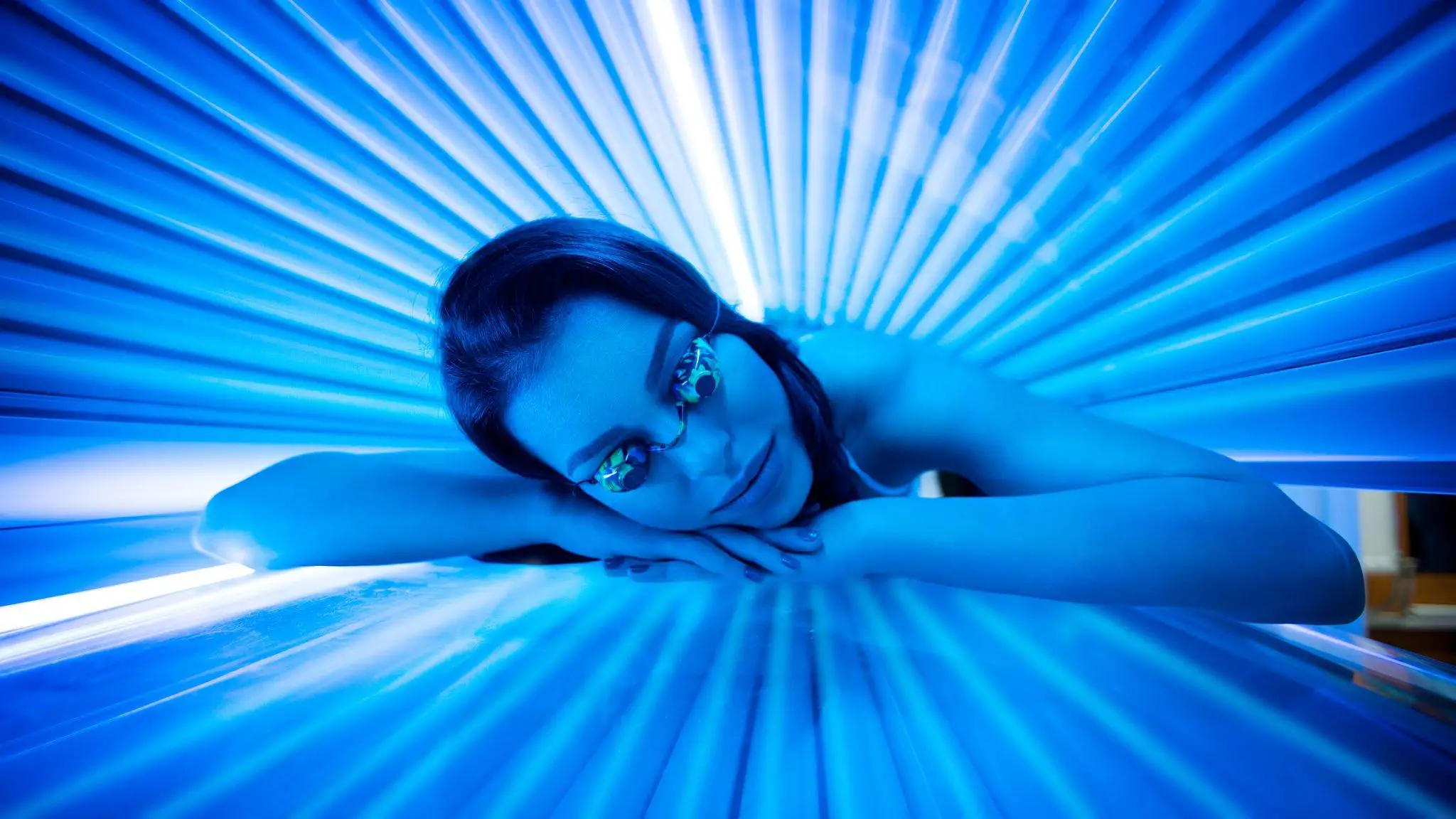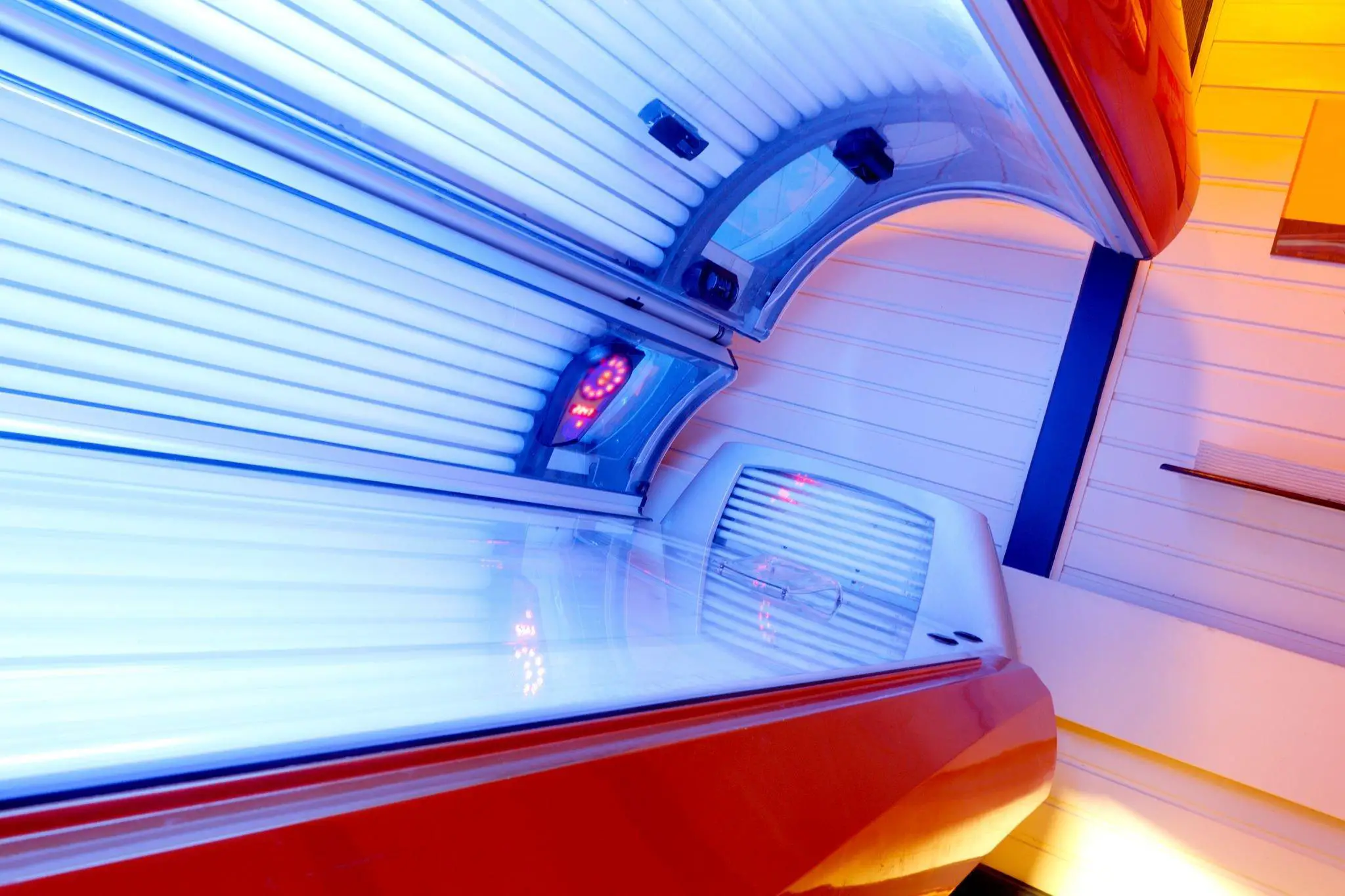How Fast Can You Get Skin Cancer From Tanning Beds?
Tanning beds elevate the risk of skin cancer. The World Health Organization (WHO) classifies tanning lamps as “probably carcinogenic to humans” because they emit ultraviolet A radiation, the same variety that causes UV burns in unprotected skin.
Tanning beds cause more than triple the rate of melanoma, and increased rates of basal cell carcinoma in frequent tanners, who suffer from hundreds of hours by an artificial sun.
To prevent skin cancer, you should reduce UVA (ultraviolet) light exposure. Exposure should not exceed six to 48 hours. The NCI recommends that you avoid artificial UV sources like tanning beds. UVA damages the eyes, so you should wear goggles while tanning. It would help if you also avoided tanning for too long. It takes six to 48 hours for a sunburn to develop. Therefore, it’s essential to follow the manufacturers’ recommended time limits.
Exposure to UVA
Exposure to UVA rays from the sun has been known to increase the risk of developing skin cancer. However, the risk is higher when exposure is excessive or prolonged. People who spend a lot of time outdoors also are at risk. This is because prolonged sun exposure causes skin cell damage, a common cause of skin cancer.
Exposure to UV rays can also weaken the immune system. This weakening of the immune system makes the body more vulnerable to infection. It can also lead to the reactivation of herpes and make vaccinations less effective. Additionally, some people are more sensitive to UV radiation than others. It can also worsen medical conditions, including cataracts.
Exposure to UVA rays is especially harmful to the eyes. Although UVB rays have shorter wavelengths than UVA rays, they can still damage the skin. In addition to causing skin cancer, UVA exposure contributes to aging and wrinkles.
Luckily, some treatments will help people with skin cancer. Phototherapy is one method. In this treatment, a drug called psoralen makes the skin more sensitive to UV radiation. It’s also possible to use UVB alone for phototherapy.
Those who spend a lot of time outdoors are at high risk. This is because they are often light-skinned with light hair and eyes. Therefore, it’s essential to stay in the shade during midday hours. In addition, wearing sunscreen with SPF 15 or higher can protect the skin.
Sunlight exposure is the most common cause of melanoma and keratinocyte skin cancers. Excessive exposure to the sun increases the risk of melanoma by increasing DNA damage in the skin cells. Exposure to UVA and UVB can cause various cancers, including basal cell carcinoma and cutaneous malignant melanoma.
Exposure to UVA and UVB rays affect the melanin pigment in the skin. Low melanin levels in the epidermis make people more sensitive to UVA rays and are more likely to develop skin cancer. In addition, those with a low melanin content have decreased DNA repair ability in melanocytes.
Duration of Exposure
The duration of exposure to tanning beds has been linked with an increased risk of skin cancer. People who used tanning beds most frequently in high school or college had more moles on their arms and more severe sunburns. The distribution of other risk factors was similar between the groups.
In a recent study, researchers found a link between the duration of exposure to tanning beds and the risk of skin cancer. Researchers studied the frequency of tanning bed use among participants in high school, college, and ages 25 to 35. The association was stronger for people who used tanning beds in their youth.
Exposure to UV rays from the sun and tanning beds is the leading cause of skin cancer among Americans. Exposure to unprotected UV radiation causes damage to skin cells and accelerates the aging process. It can cause wrinkles, weathered skin, pigmentation problems, and a loss of skin elasticity. Exposure to UV radiation can also damage eye tissues.
The UV rays from tanning beds affect all skin types and may increase the risk of skin cancer. They also lead to premature skin aging and damage the skin’s DNA. For this reason, dermatologists strongly advise against tanning beds and sun lamps. Exposure to both of these factors increases the risk of melanoma.
While the sun is a known risk factor for skin cancer, exposure to indoor tanning is less well-known. A 2002 meta-analysis of 19 studies that enrolled 7355 people with skin cancer and matched them with 540 controls found that indoor tanning contributed to an increased risk of skin cancer. Those who first started indoor tanning before age 35 had a nearly two-fold risk of developing the disease.
Symptoms of Skin Cancer
Using tanning beds can cause serious health problems, including skin cancer. About 1 in 50 people in the United States will develop some form of melanoma during their lifetime, and the number is even higher for people between the ages of 15 and 29. In addition, exposure to UV rays from tanning beds can increase the risk of developing squamous and basal cell cancers by up to 2.5 times. Even one visit to a tanning bed can increase a person’s risk by 20%, and for people under the age of 35, the risk is even higher.
According to the American Cancer Society, skin cancer is one of the leading causes of death from cancer in the U.S. It kills more than 150,000 people every year. While it is important to avoid tanning beds, there are also precautions that you can take to minimize your risk. Several factors may increase your risk of skin cancer, including your personal and family history. People with weakened immune systems are also at a greater risk of developing skin cancer. In addition, people with HIV/AIDS and those on immunosuppressant drugs after organ transplants may be at an increased risk for developing skin cancer.
Tanning beds emit UVA and UVB radiation at higher levels than the sun. These rays damage DNA, which increases the risk of skin cancer. Tanning beds also do not produce enough vitamin D, essential for healthy skin. Therefore, it is crucial to consume a healthy diet that contains a sufficient amount of vitamin D.
Exposure to UV rays is one of the leading causes of skin cancer. In addition, exposure to these rays can lead to various other problems, including cataracts and cancers of the eyes. For this reason, protecting your skin from UV exposure during the summer months is imperative.
A new mole or lesion on the skin is usually the first sign of skin cancer. But if you already have a mole, keep an eye on it for any changes. In addition to new moles, look for actinic keratoses and precancerous skin growths.
Some research suggests that tanning bed use increases the risk of developing skin cancer, but the association is more robust for those who are younger at the time of exposure. Three different types of skin cancer are associated with tanning beds. However, there is no evidence to indicate which type of cancer is more common.


















